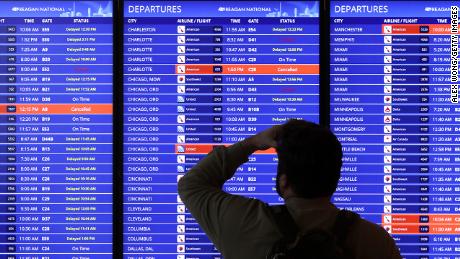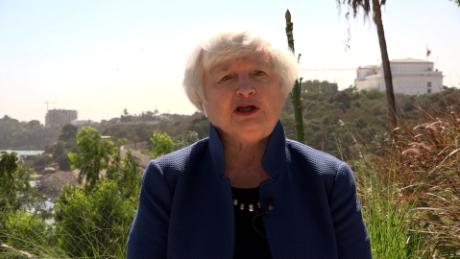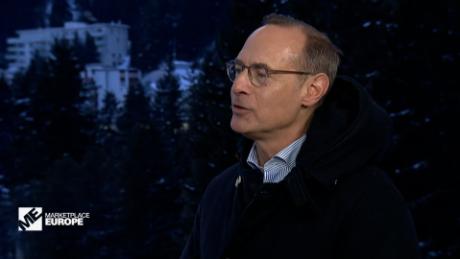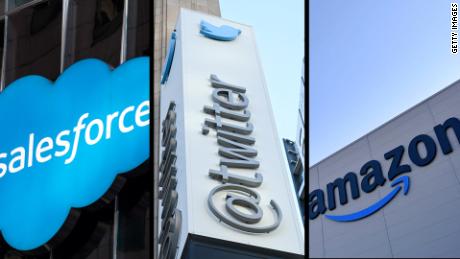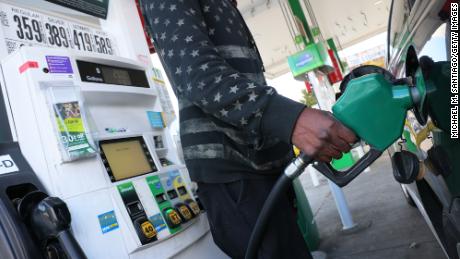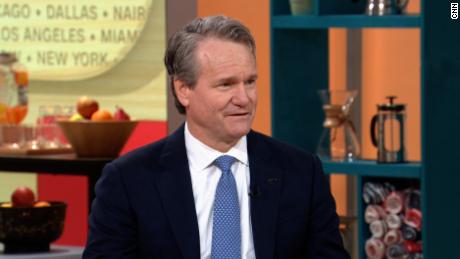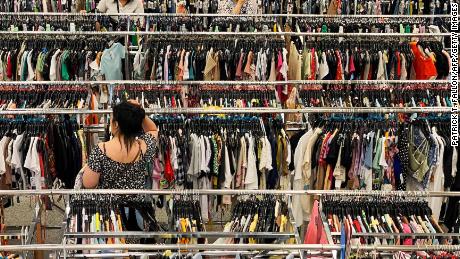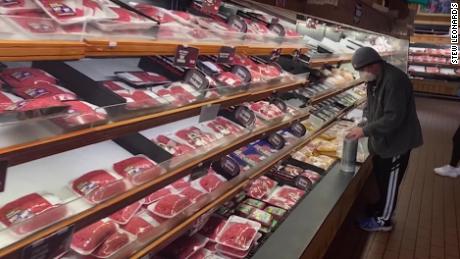New York (CNN Business)Another key inflation indicator flashed a warning sign in May: Producer prices jumped a record amount last month.
The economy is reopening fully and soaring demand, together with supply chain issues and materials shortages, is pushing prices higher. That trend, which has been taking place all year, continued in May.
Between May 2020 and May 2021, prices increased 6.6% -- the biggest jump recorded since the Bureau of Labor Statistics started collecting this data in November 2010. The price index has risen consistently since September last year.
Stripping out more volatile prices for food, energy and trade services, prices rose 5.3% in the 12 months ended May. That was also the biggest jump on record, though that data series started in August 2014.
For May alone, prices rose 0.8% on a seasonally adjusted basis, a slightly faster pace than in April.
The producer price index is another inflation measure, which looks at the average change in prices that America's producers receive for their goods and services. More than half of the May increase was down to price increases in goods.
Prices for nonferrous metals, such as aluminum, logged the biggest price hike for goods, while margins of car retailers contributed the biggest jump for services.
The United States isn't the only nation with this problem: Last week, China reported the highest level of producer price inflation in nearly 13 years.
Producers are struggling with higher input costs as well as shortages around the world. The data show American factories saw prices for processed goods sold into the supply chain of other manufacturers jump nearly 22% in the 12 months ended May, the biggest increase since 1975. This was mostly driven by high lumber prices.
The price index for unprocessed goods sold into the supply chain surged nearly 58%, which was the biggest jump since 1973.
"While last week's [consumer price inflation] data already confirmed end-prices are rising at the fastest clip in more than a decade, the PPI showed no let up in sight with intermediate costs continuing to pick up further back in the pipeline," wrote Wells Fargo economist Sarah House in a note to clients.
But it's not just materials: transport costs are rising as well.
Next on the economic agenda is the Federal Reserve's monetary policy update on Wednesday.
So far the central bank has said that even though inflation is spiking there is no cause for concern. It makes sense to see some woes after turning the economy off and on again. But with every new data point, the pressure on the Fed grows to defend that position.


